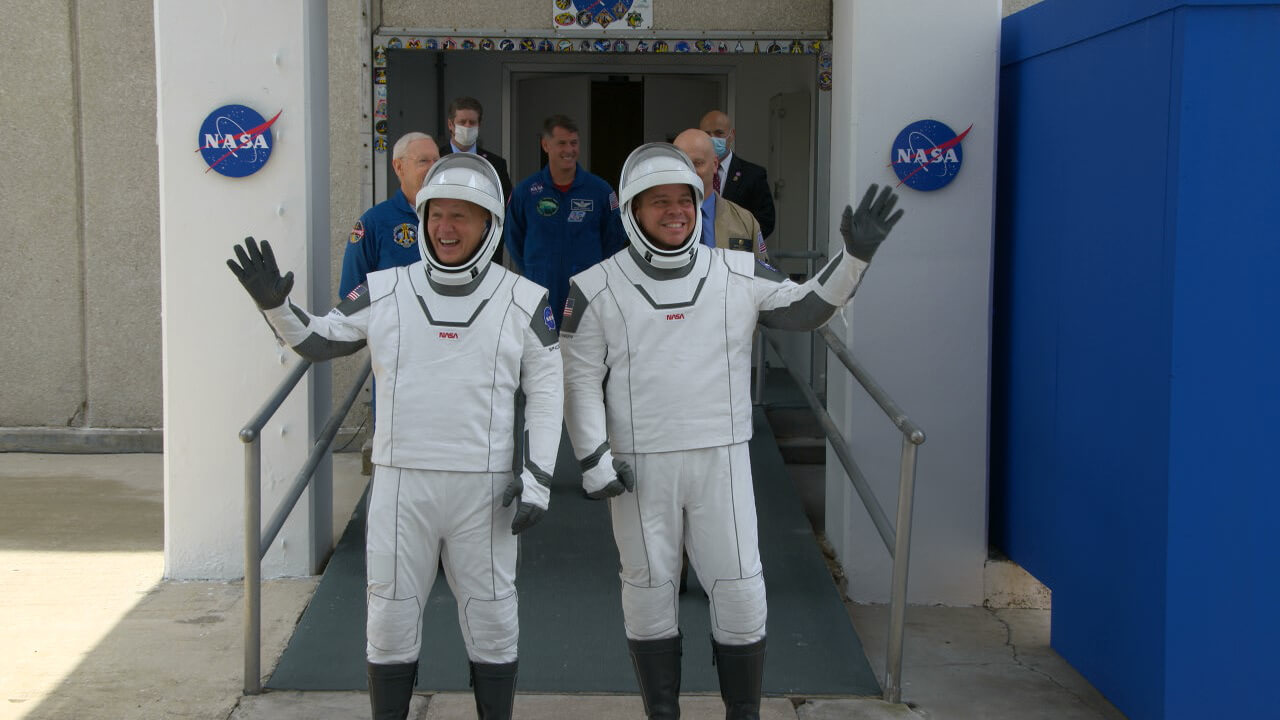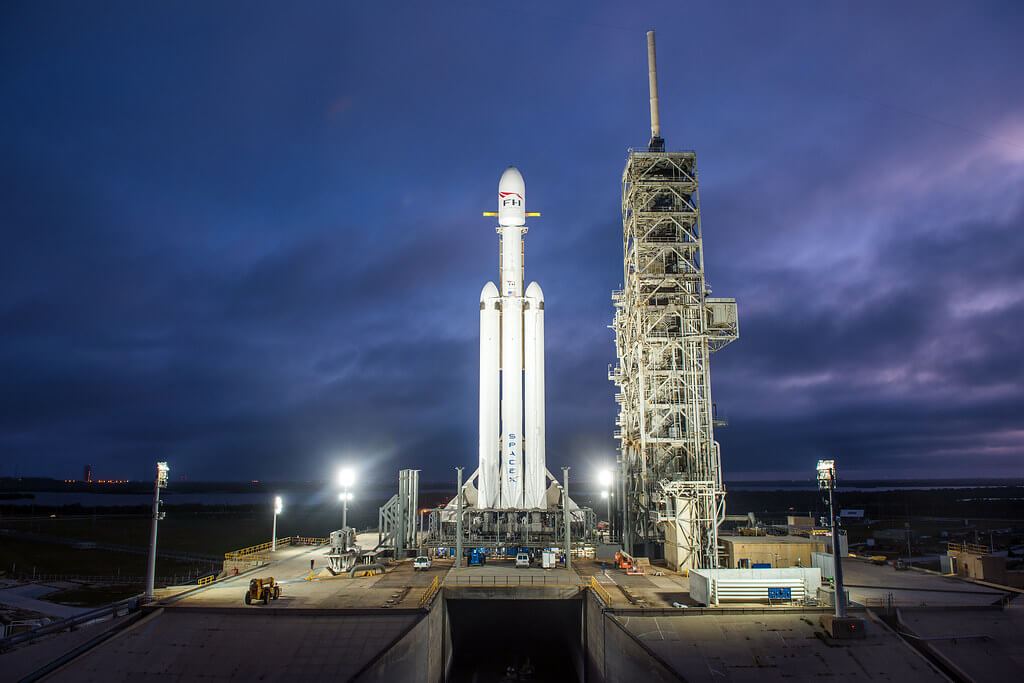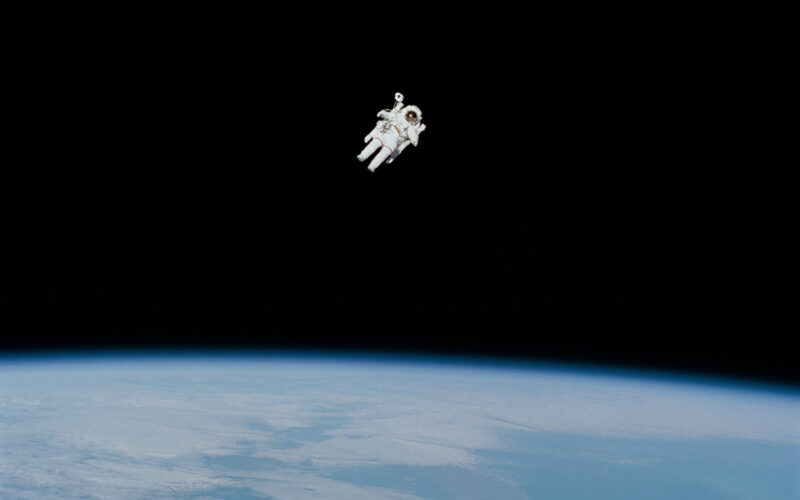Airline companies became one of the global industries affected by the current pandemic the most. Following the global spread of coronavirus, many countries have put most of the commercial flights on hold, urging people to avoid any global travel.
In March 2020, the EU implemented a 30-day ban on non-essential travel. The same month, the US government issued “no travel” advisory. According to the Pew Research Center, at least 93% of the world’s population now lives in countries with coronavirus related travel restrictions. After borders’ closure, many planes were sent to the storages or so-called boneyards, until the governments will give air traveling green light. However, it might not happen very soon.
But how did the current epidemiologic situation affected commercial space travel? Will COVID-19 stop Elon Musk and other tech entrepreneurs from launching their space projects?
Space industry representatives around the world in the face of the pandemic
Despite that humanity made a huge step in space technology, the preparation for space travel has always been a serious mission. It requires a lot of time, precautions, and staff training to send people into space with minimum risk to their lives.
The industry representatives are reacting to the pandemic differently. Most of the rocket launches have been rescheduled or paused. Such launching provider as Rocket Lab, a privately funded American aerospace manufacturer and smallsat launch service provider, suspended its flights. Although the launches were stopped, Rocket Lab continues its testings.
Boeing has announced that they will be testing another uncrewed Starliner later in 2020. Guiana Space Center, used by the European Space Agency and the French government to launch satellites into space, has put all launches on hold. A part of the tests continues, some of them are delayed; some companies still operate, and others have shut down or put the processes on hold.
Some of the businesses, like Arianespace, the multinational satellite launch company, continue their launches according to their schedule. The manufacturers continue to produce satellites and launch vehicles. However, due to a reduced workforce, the companies had to push back the dates of completion. Due to the pandemic, such manufacturing businesses as Soyuz-2 had to cease their production. Some of the companies, like London-based satellite start-up, OneWeb have filed for bankruptcy protection in the U.S.
In its response to the pandemic, NASA space agency ceased the work of Ames Research Center in Silicon Valley, Marshall Space Flight Center in Alabama, and the Michoud Assembly Facility in Louisiana. The facilities were closed except for the work required to protect life and critical infrastructure. NASA has also temporarily halted most production and testing of its Space Launch System (SLS) megarocket and Orion capsule. The spacecraft is planned to bring astronauts to the moon and Mars.
SpaceX’s missions during coronavirus pandemic
The COVID-19 pandemic put space-related businesses into a different environment to which they are learning to adapt step by step. The perfect example is the Elon Musk’s project SpaceX Crew Dragon. On May 27, the capsule had to send NASA astronauts Bob Behnken and Doug Hurley to the International Space Station (ISS).
During the preparation for the mission, the SpaceX team had to take additional safety measures to secure health and life, not only of the two astronauts on the Dragon capsule board. More importantly, the space agency had to assure the safety of the International Space Station crew. Getting sick on Earth is not a pleasant experience. Imagine if that happens in the space? Which is why the company had to take even more precautions.
As a standard operating procedure to reduce the chance of infection, NASA quarantines astronauts shortly before liftoff. However, in response to the coronavirus threat, the agency has elevated its health and safety procedures. The agency has minimized contact with Behnken and Hurley for weeks. Most of the training has been done virtually. When there were no possibilities for remote sessions, the number of people on such events was minimized. To avoid infection transfer from the outside, all people that were in contact with astronauts had to wear protective gloves, face masks, and protective screens.

Extra precautions were taken on launch day. The space agency rearranged the layout of control rooms at the launch site to ensure that workers there were be able to maintain 2 meters distance from each other. The various rooms where astronauts stay are systematically cleaned and sanitized. To avoid human crowds that space shuttle launches always attract, due to pandemic NASA told people to stay at home and watch the mission from there.
The two astronauts went through mandatory pre-flight quarantine at NASA’s Johnson Space Center in Houston. Before their travel to the Space Coast aboard a NASA jet about a week before liftoff, Behnken and Hurley had remained in quarantine all the while.
The 1st crewed flight, known as Demo-2, was scheduled to launch on May 27. The mission was rescheduled to May 31 due to weather conditions that could put the astronauts to a bigger risk. Both astronauts feel well and will remain in the quarantine until the rescheduled launch.

All an all, it seems like, despite struggles, the space travel industry representatives remain positive about their fate. Despite some companies failing to stay afloat, most of the agencies have managed to adapt to the new conditions.
On the contrary to civil aviation, the space travel industry might not seem to be affected that much by the COVID-19. It added some additional layers of complexity, for the space crew and administration. Although it became much tougher getting ready for launches, the space travel might become the industry, which will recover soon.

